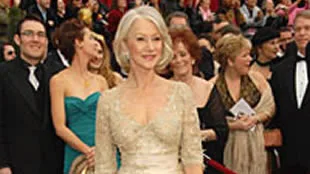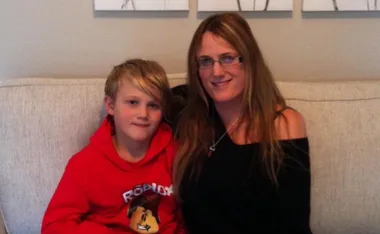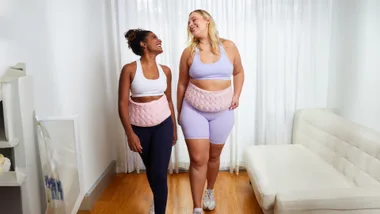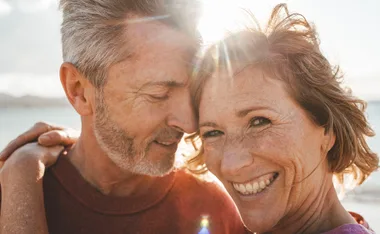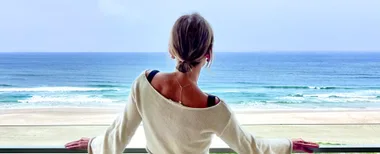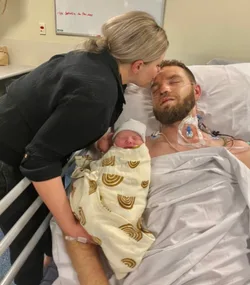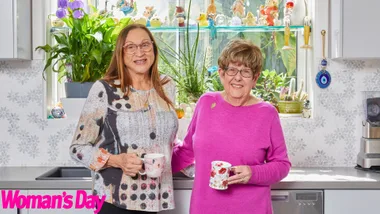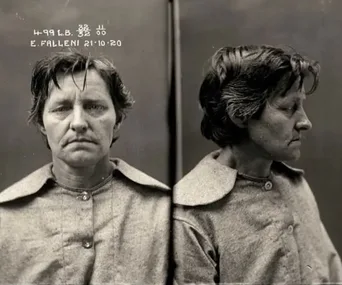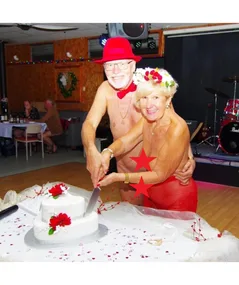When my husband and I bought our dream house, I didn’t think life could get much better. It was everything we’d ever dreamed of: the right suburb, an idyllic tree-lined street, we thought it was going to be the perfect place to raise our two kids.
“Let’s go and meet the neighbours,” I suggested, not long after we’d moved in. Coming from a social block of units, I was looking forward to striking up a similar relationship with our new neighbours. I had no idea how impossible that was going to prove to be!
“I don’t like children, and I don’t like cats!” was how the elderly Mrs Thompson greeted me, in a waspish tone. My heart sighed. I had both: two beautiful children, Poppy and Samuel, and the cherished family moggie, Milo, as well.
“I promise they won’t be any trouble,” I promised, leaving quickly and without the friendship I craved. I hoped, perhaps, that we would be able to stay out of each other’s way, but I was wrong about that too. Every time my kids went out into the yard, Mrs Thompson’s dog would bark hysterically on the other side of the fence. She had a poodle, her pride and joy, although for us, its incessant yapping was constant noise pollution.
The dog was forever hassling our Milo, too, snarling ferociously through holes in the fence. I knew I was going to have to make a complaint, but Mrs Thompson beat me to it.
“Your cat’s been in my yard, upsetting my dog,” she accused one morning. I could have laughed. My cat was almost too afraid to go outside, let alone anywhere near her horrible dog and I told her so.
“Well it’s been there, and if I see it again I’m going to get it picked up by the pound!” my neighbour snapped, before storming off. I began to worry and decided to keep Milo inside for a while until things blew over.
A few weeks passed without incident, even after I returned the cat to the backyard. The nasty dog was still always barking, of course, but we didn’t hear from our neighbour.
Then one day, Milo didn’t come home for his dinner. He was missing all night. The kids were devastated and after ringing around all the cat shelters, and the pound, with no luck, I began to fear that Mrs Thompson had done something much, much worse than she had threatened. But I couldn’t prove it, and I sadly told Poppy and Samuel that their beloved cat might not be coming home.
I didn’t even know for sure if Mrs Thompson was responsible, until a few days later, she leaned over the fence, and with a cruel twinkle in her eye told the children she hoped he didn’t come back. I couldn’t believe anyone could be so mean. And at that moment I knew she had to pay for what she’d done!
Not being as horrible as the old woman, I couldn’t bring myself to do anything too drastic, but it still gave me a thrill. Late one night, I carefully opened the side gate to Mrs Thompson’s yard and lured the dog with some tasty treats. As soon as he was munching happily, I got out a can of bright pink spray paint and sprayed a not very nice word on the dog’s back. Then I went home, climbed into bed, and waited for the fireworks. I didn’t need to wait very long!
There was a rap on my door early the next morning. It was the police! I couldn’t believe she’d gotten them involved, and I suddenly felt frightened of what I’d done.
“The lady next door’s had her property vandalised,” the young constable informed me. “We were just wondering if you heard or saw anything last night?”
“No officer,” I replied innocently, shutting the door and breathing a sigh of relief. Nobody even suspected a thing!
Old Mrs Thompson had to shave her dog. She kept him inside after that, and we barely heard a peep out of either of them. Apparently, she was terrified of the local “thugs” who had violated her property.
When Milo walked casually through the door a few days later, I felt a bit guilty, but it was too late to apologise. My cat has no idea that, because of him, I terrorised the lady next door — and neither does anyone else!
Picture posed by model.
Newsletter conversion description. Get the latest in your inbox.


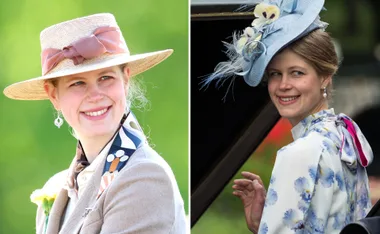




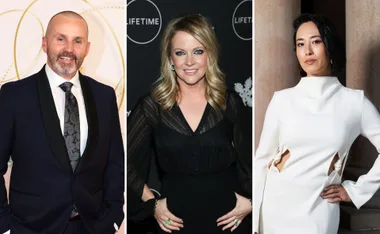


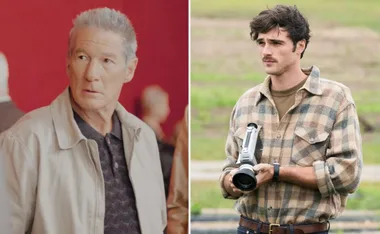




.png?resize=380%2C285)
.jpg?resize=380%2C285)



